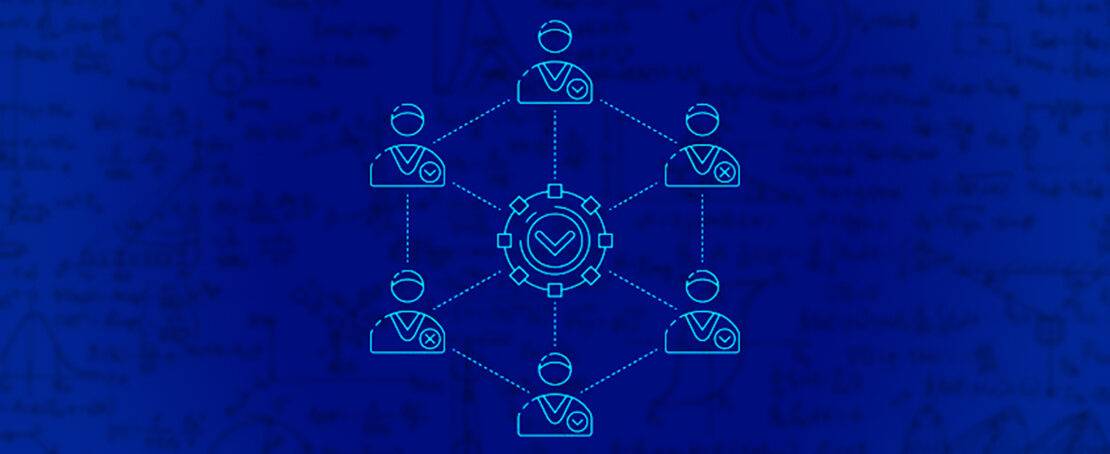Definition: The reward given to miners for solving a block’s hash. It can be in the form of newly minted coins and/or transaction fees.
Explanation: A block reward is an incentive for miners to participate in the network and maintain the blockchain by validating transactions and creating new blocks. This reward is essential for the functioning and security of proof-of-work (PoW) cryptocurrencies like Bitcoin and Ethereum (before its transition to proof-of-stake).
Key Points
- Newly Minted Coins: The primary component of a block reward is typically new cryptocurrency that is created and awarded to the miner who successfully mines a new block. This process introduces new coins into circulation.
- Transaction Fees: In addition to newly minted coins, miners may also receive transaction fees paid by users for including their transactions in the block. These fees become increasingly significant as the rate of new coin issuance decreases.
- Halving Events: In some cryptocurrencies like Bitcoin, the block reward is subject to periodic reductions known as “halving” events. For Bitcoin, this occurs approximately every four years, reducing the number of new bitcoins awarded per block by half.
Example of Block Rewards
- Bitcoin: Initially, the block reward was 50 BTC per block. After multiple halvings, it is currently 6.25 BTC per block (as of May 2024). This reward will continue to halve approximately every four years until it reaches zero, at which point miners will only earn transaction fees.
- Ethereum: Before transitioning to proof-of-stake, Ethereum had a block reward of 2 ETH per block, plus transaction fees and additional rewards from “uncle blocks” (stale blocks that are included to maintain chain security).
Importance of Block Rewards
- Incentive Mechanism: Block rewards motivate miners to contribute their computational power to secure the network and validate transactions, ensuring the integrity and smooth operation of the blockchain.
- Security: By providing a financial incentive, block rewards help to deter attacks on the network. The cost of attacking a well-secured blockchain would outweigh the potential rewards.
- Distribution of Coins: Block rewards serve as a method to gradually introduce new coins into circulation, distributing them to participants in the network over time.
Related Terms
- Mining: The process of using computational power to solve complex mathematical problems that validate transactions and create new blocks on the blockchain.
- Proof of Work (PoW): A consensus mechanism where miners compete to solve cryptographic puzzles. The first to solve the puzzle gets to add a new block to the blockchain and receive the block reward.
- Halving: An event in which the block reward is reduced by half, decreasing the rate at which new coins are created. This helps to control inflation and ensure the scarcity of the cryptocurrency.
Challenges and Future Considerations
- Decreasing Rewards: As block rewards decrease (especially in systems with halving events), miners will increasingly rely on transaction fees for revenue. This shift could impact the overall security and participation in the network if fees are insufficient to incentivize miners.
- Economic Impacts: The dynamics of block rewards and transaction fees can influence the economics of mining, potentially leading to consolidation among larger mining operations due to economies of scale.
- Environmental Concerns: The energy consumption associated with mining, especially in proof-of-work systems, has raised environmental concerns. As block rewards decrease, the sustainability of mining practices may come under greater scrutiny.
Block rewards play a crucial role in the functioning and security of blockchain networks by incentivizing miners to validate transactions and secure the network. Understanding their dynamics is essential for comprehending the economic and security aspects of cryptocurrencies.
 Crypto Journal: Analyses, News, and Developments – Coin Chronicle Platform Coin Chronicle is your go-to source in the dynamic world of cryptocurrencies.
Crypto Journal: Analyses, News, and Developments – Coin Chronicle Platform Coin Chronicle is your go-to source in the dynamic world of cryptocurrencies.




